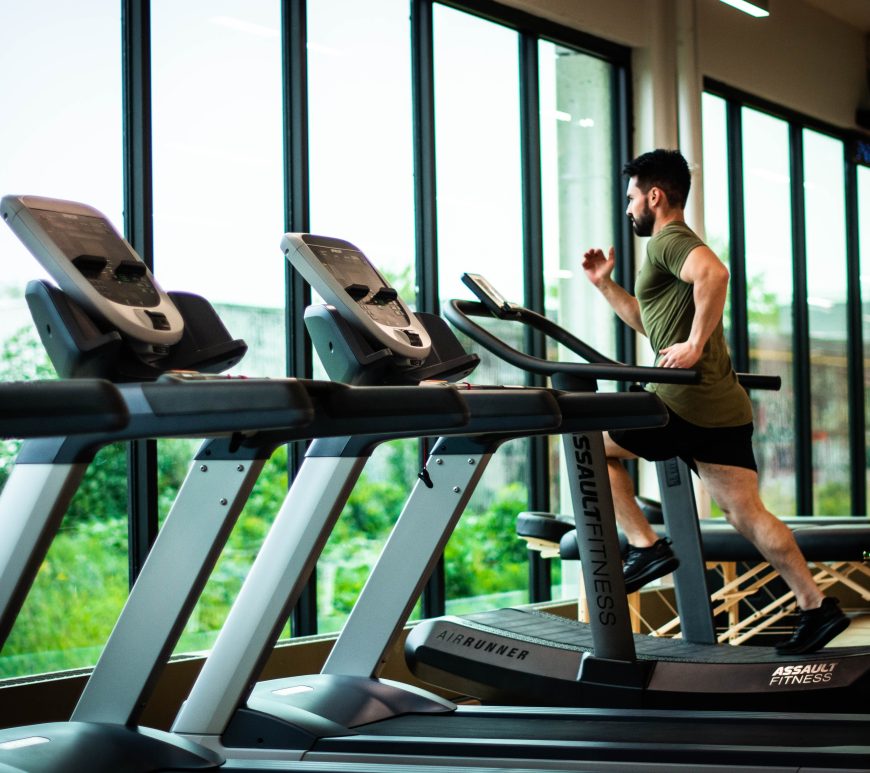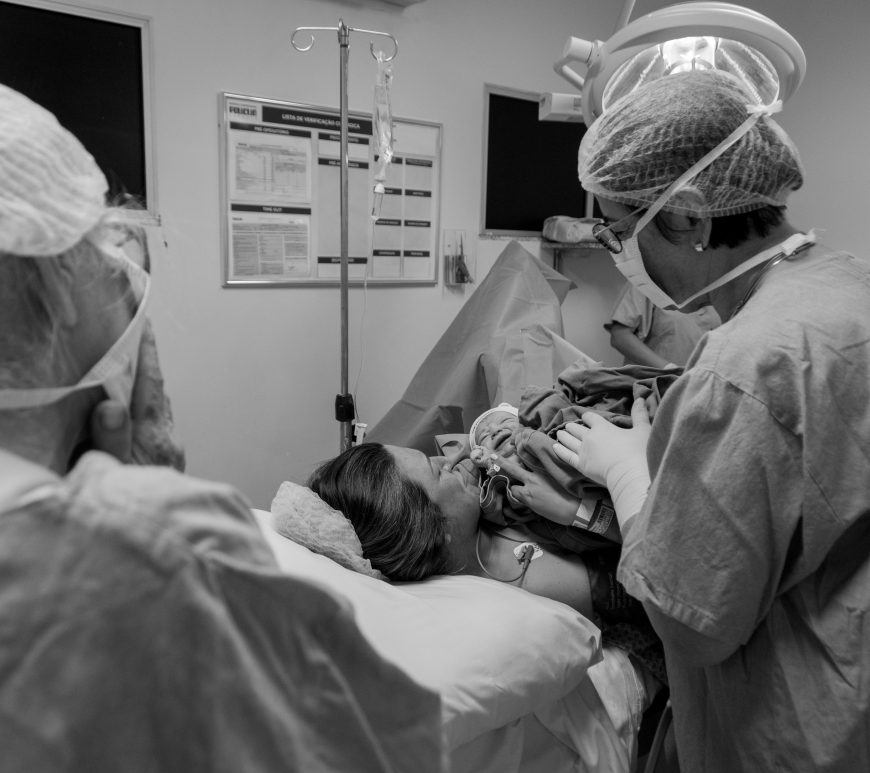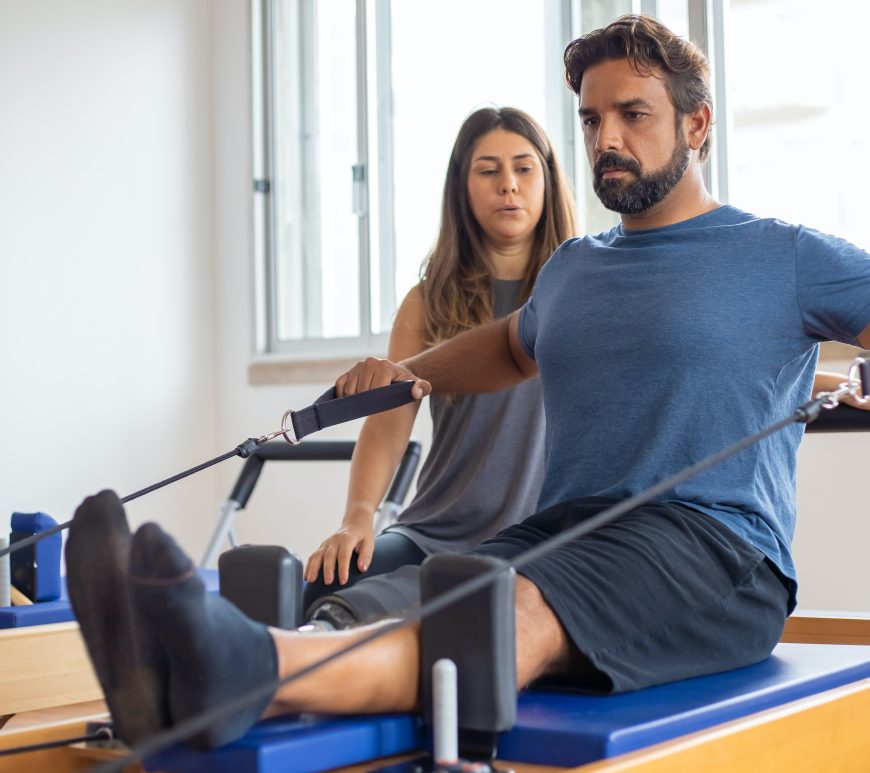
Which exercise strategy benefits heart transplant recipients: hospital or home-based?
In 2007, Karapolat, et. al., conducted study about Heart transplant recipients which often experience a decline in exercise capacity and overall quality of life. This study aimed to compare the effectiveness of two exercise programs, one conducted in a hospital setting and the other at home, on the functional capacity, quality of life, and psychological symptoms of heart transplant patients. A total of thirty-eight heart … Continue reading Which exercise strategy benefits heart transplant recipients: hospital or home-based?



